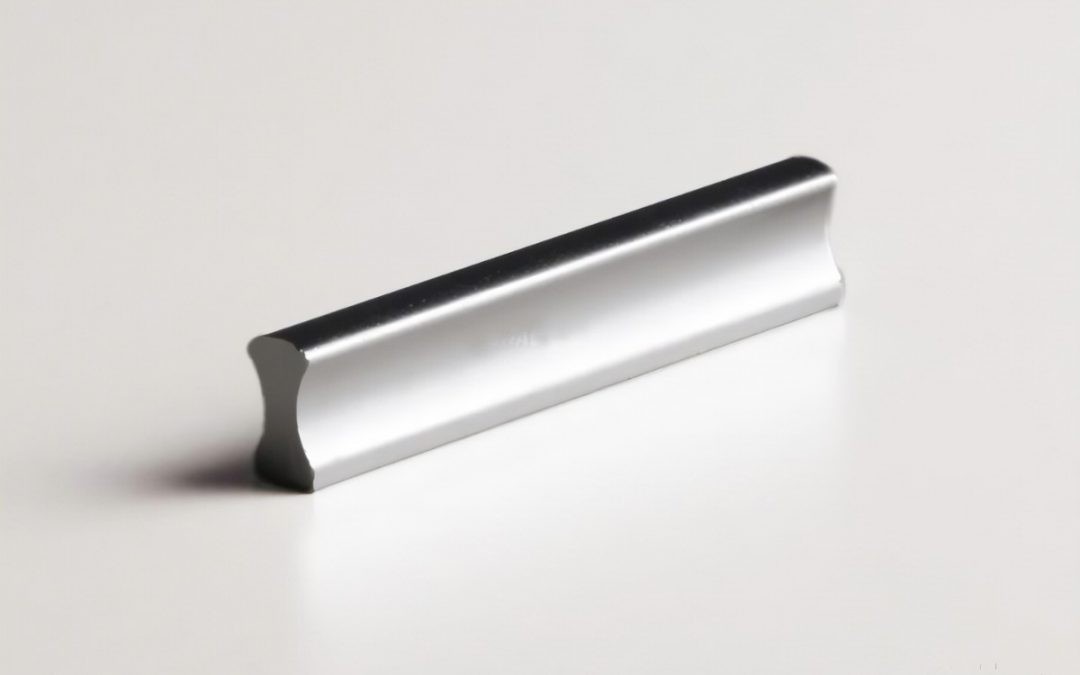1. Process Overview
Hard anodizing uses the corresponding electrolyte of the alloy (such as sulfuric acid, chromic acid, oxalic acid, etc.) as the anode, and performs electrolysis under certain conditions and applied current. The thickness of the hard anodized film is 25-150um. Hard anodized films with a film thickness less than 25um are mostly used for parts such as tooth keys and spirals. The thickness of most hard anodized films is required to be 50-80um. Wear-resistant or the thickness of the anodized film for insulation is about 50um. Under certain special process conditions, it is also required to produce hard anodized films with a thickness of more than 125um. However, it must be noted that the thicker the anodized film, the lower the microhardness of its outer layer will be, and the surface roughness of the film layer will increase.
2. Process characteristics
1) The surface hardness of aluminum alloy after hard anodizing can reach up to about HV500;
2) Anodic oxide film thickness: 25-150 microns;
3) Strong adhesion, according to the anodizing characteristics generated by hard anodizing: 50% of the generated anodizing film penetrates inside the aluminum alloy, and 50% adheres to the surface of the aluminum alloy (bidirectional growth);
4) Good insulation: breakdown voltage can reach 2000V;
5) Good wear resistance: For aluminum alloys with a copper content of less than 2%, the maximum wear index is 3.5mg/1000 rpm. The wear index of all other alloys should not exceed 1.5mg/1000 rpm.
6) Non-toxic and harmless to human body. The electrochemical process of anodizing film treatment used for production is harmless, so for environmental protection requirements in many industrial machinery processing, some products use hard anodized aluminum alloy instead of stainless steel, traditional spraying, hard chromium plating and other processes.
3. Application fields
Hard anodizing is mainly suitable for areas requiring high wear resistance, heat resistance, and good insulation properties of aluminum and aluminum alloy parts. Such as various cylinders, pistons, valves, cylinder liners, bearings, aircraft cargo compartments, tilt rods and guide rails, hydraulic equipment, steam impellers, comfortable flatbed machines, gears and buffers, etc. Traditional electroplating of hard chromium has the characteristics of low cost, but the defect of this film is that when the film thickness is large, it affects the tolerance of mechanical fatigue strength of aluminum and aluminum alloys.
Edited by May Jiang from MAT Aluminum
Post time: Jun-27-2024


